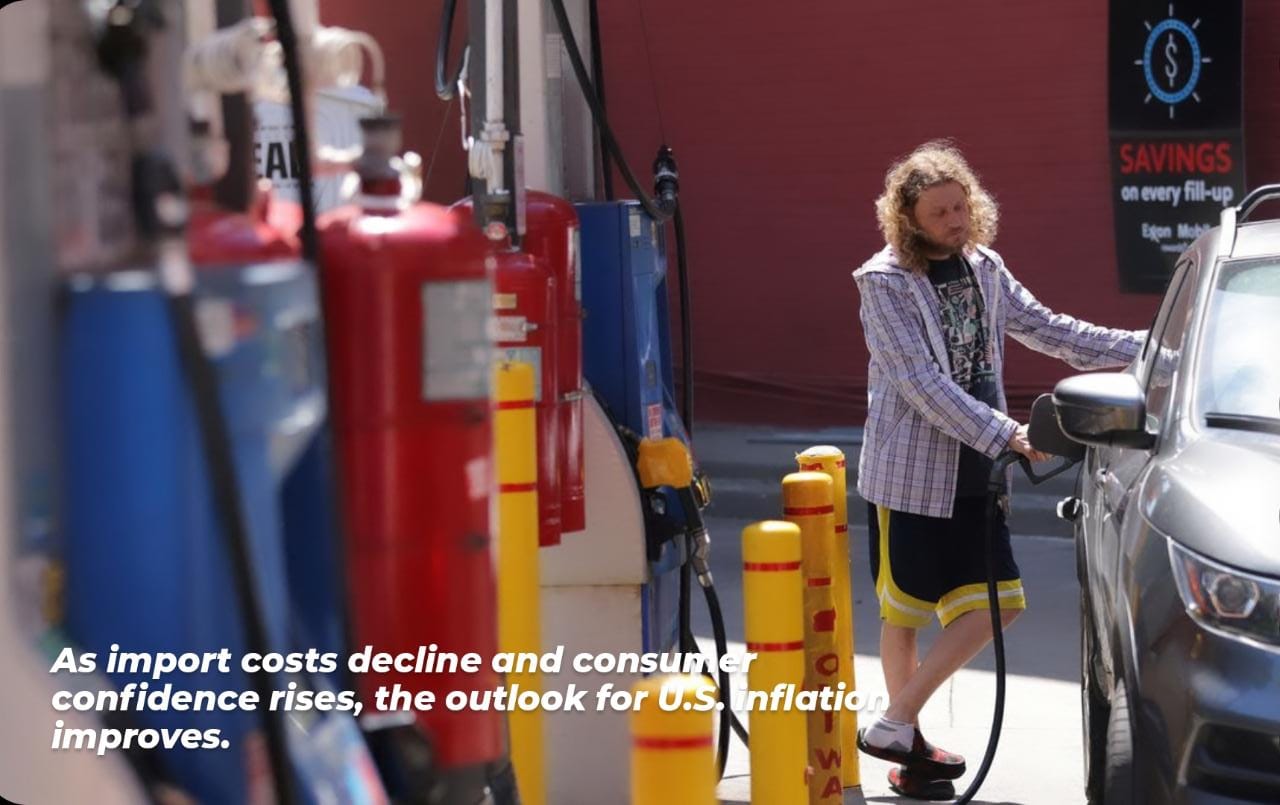
With the aid of a strong dollar, lower fuel and non-fuel prices, and a drop in import prices in July for the first time in seven months, consumers’ expectations for inflation over the next year began to dim in August, the most recent indication that price pressures may have peaked.
The Labor Department reported on Friday that import prices, which do not include tariffs, fell 1.4% in July after rising 0.3% in June.
That was more than the 1.0% decline predicted by economists in a Reuters poll and was the biggest monthly decline since April 2020. Import prices increased 8.8% over the past year as of July, following a 10.7% increase in June, which was the fourth consecutive month that the annual rate fell.
The report came after other hesitant cues this week that inflation was finally cooling off. After rising 1.3% in June, U.S. consumer prices were unchanged in July as a result of a sharp decline in the price of gasoline, but underlying price pressures remained high. A decrease in energy costs last month also led to a decrease in producer prices.
According to Jeffrey Roach, chief economist at LPL Financial, ‘declining import prices and producer prices support the… thesis that the economy is past headline peak inflation.’
At its upcoming policy meeting on September 20-21, the Federal Reserve will consider raising its benchmark overnight lending rate by 50 or 75 basis points as it fights to reduce demand across the economy and get inflation back to its target level of 2%. Since March, the Fed has increased its policy rate by 225 basis points.

Post Your Comments